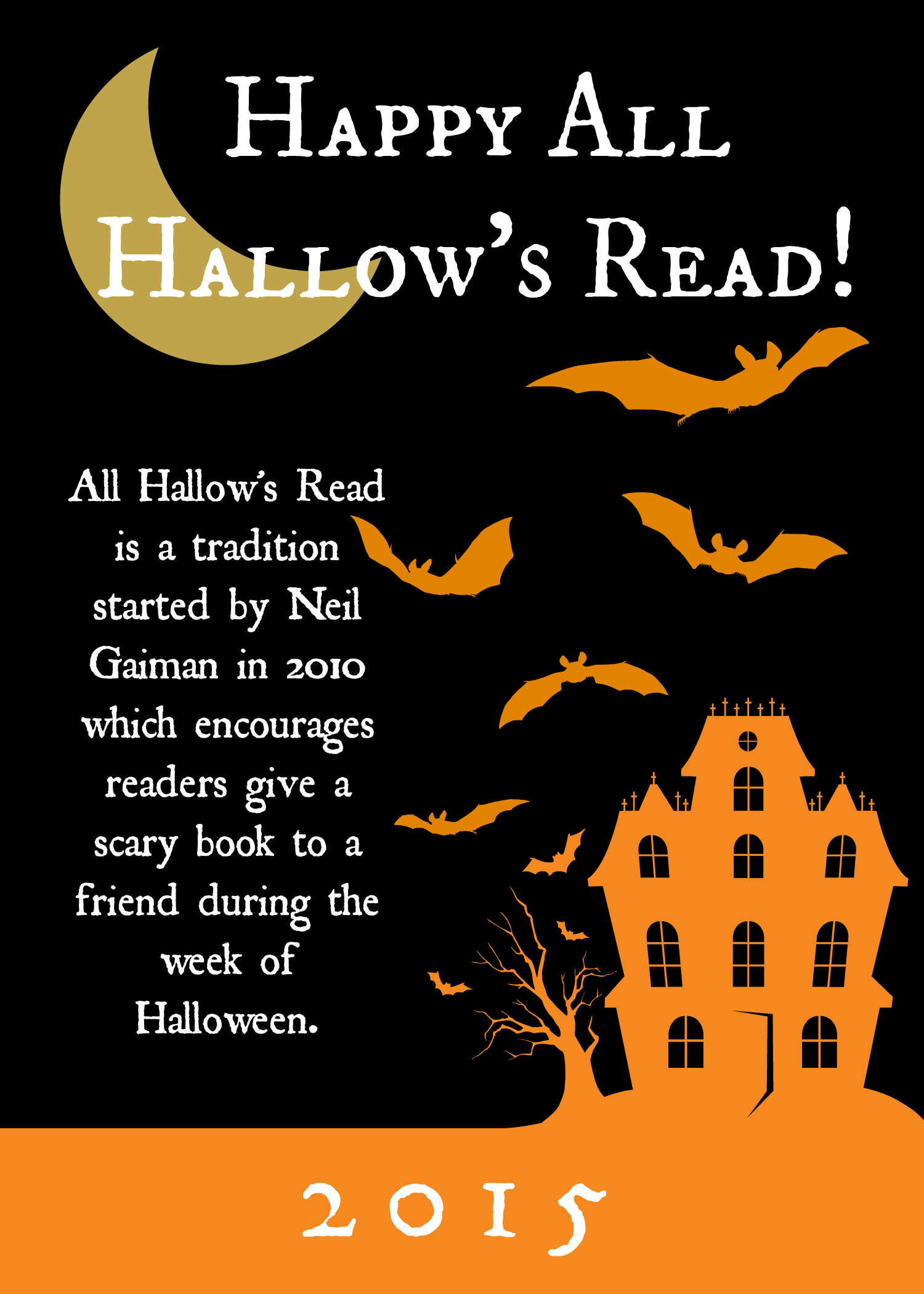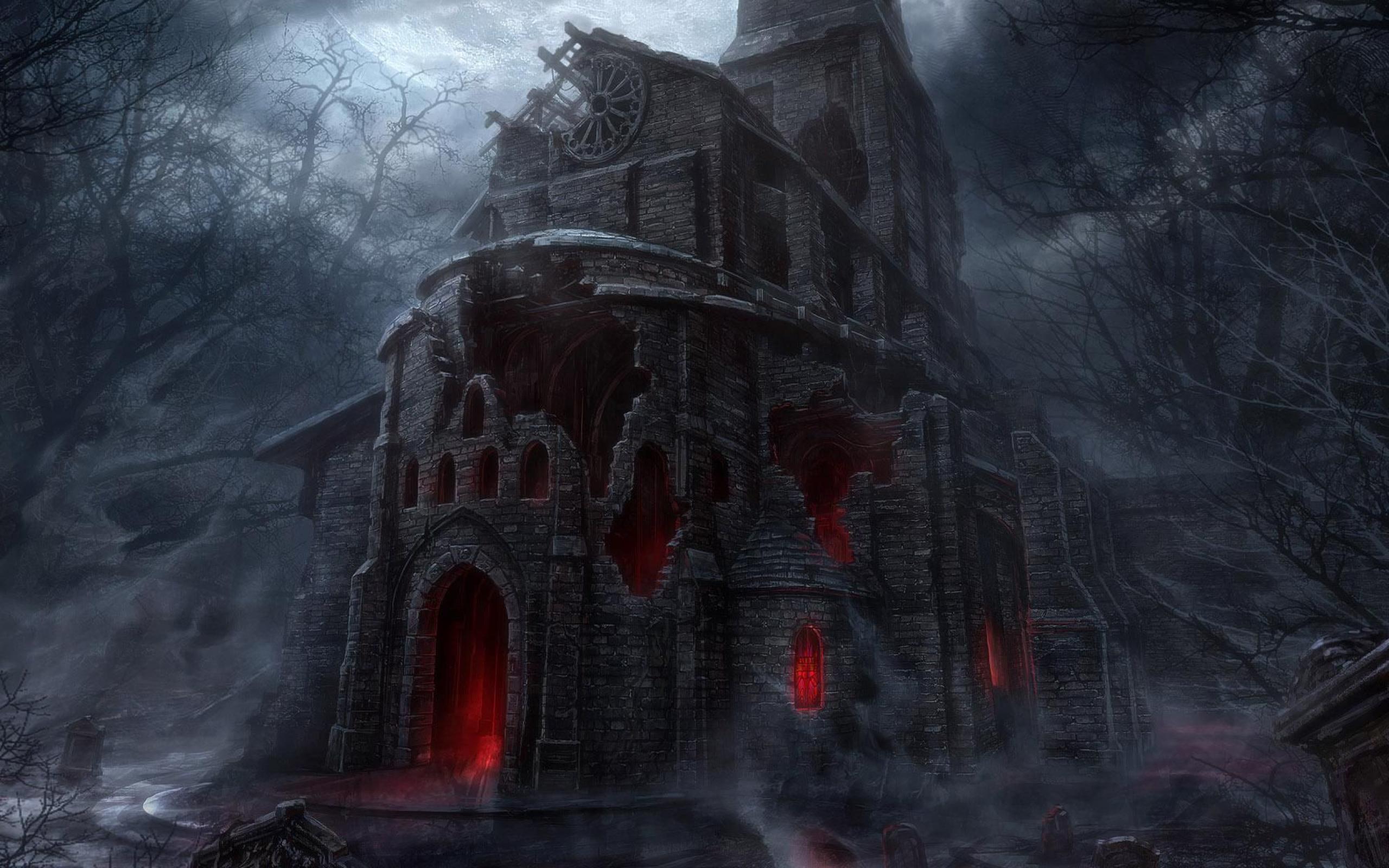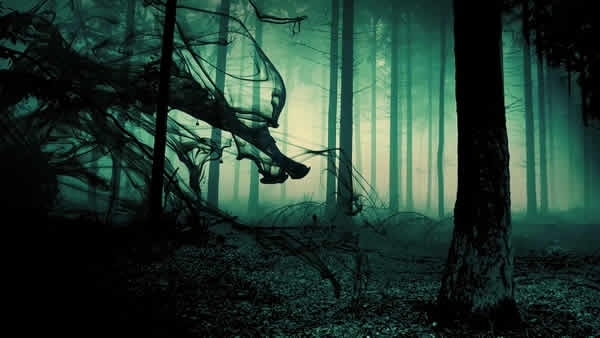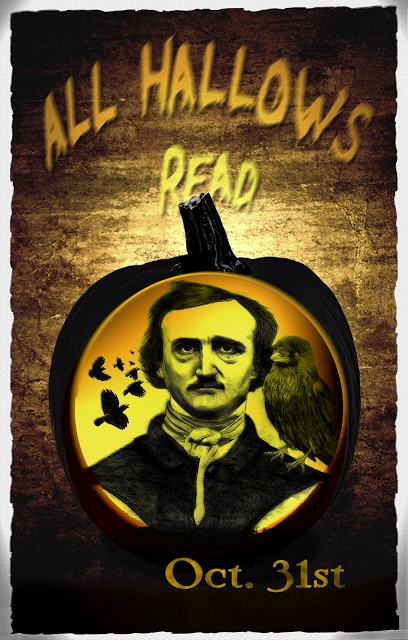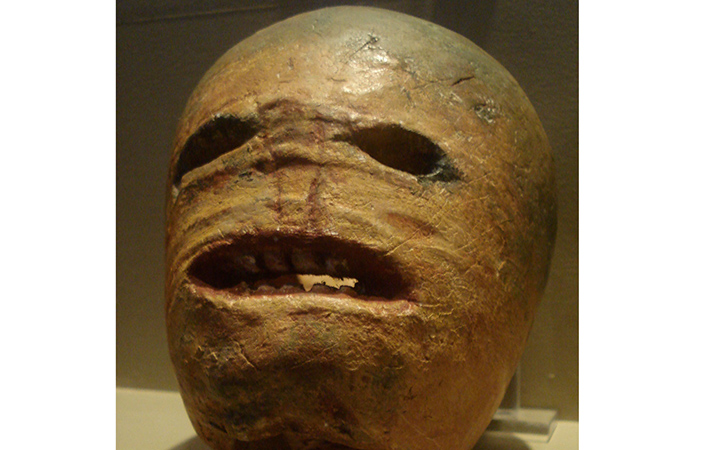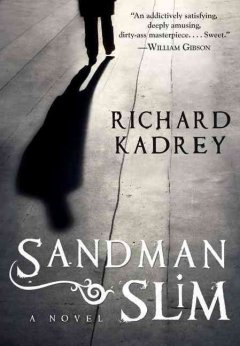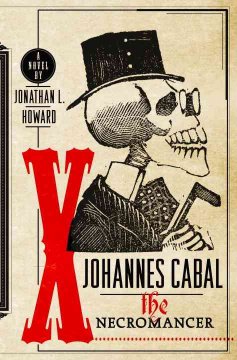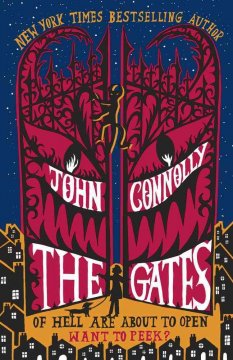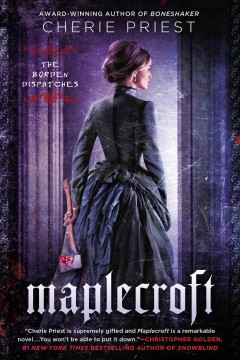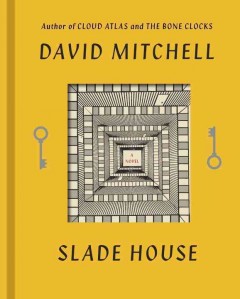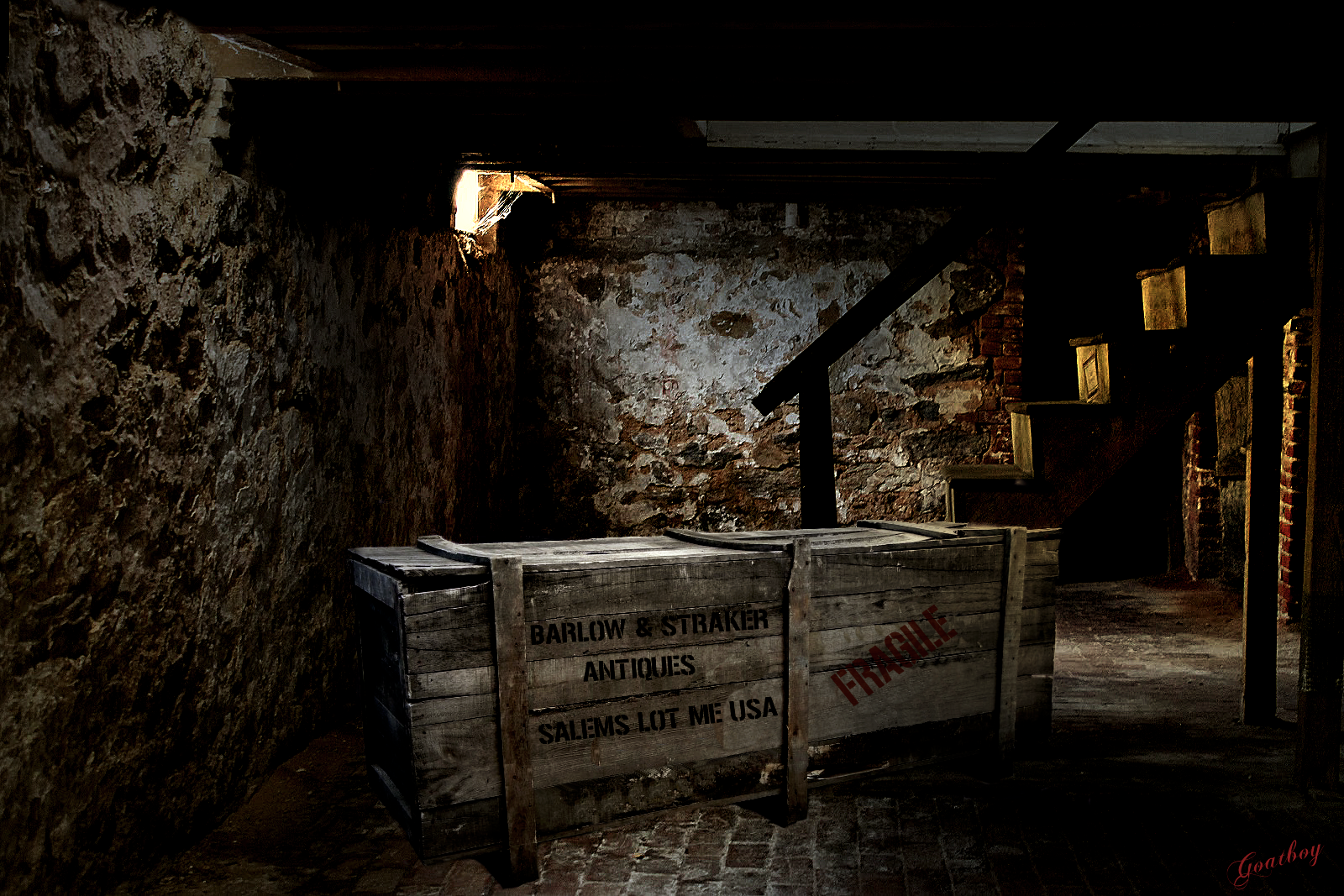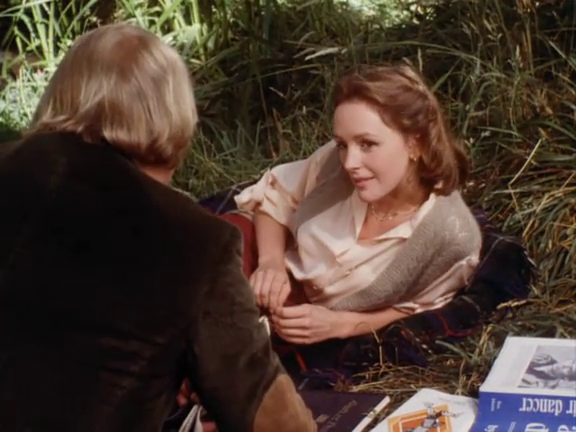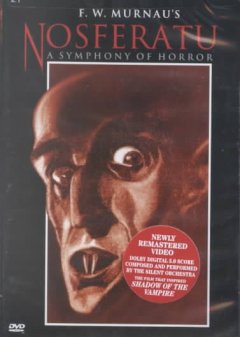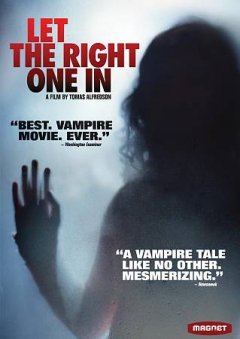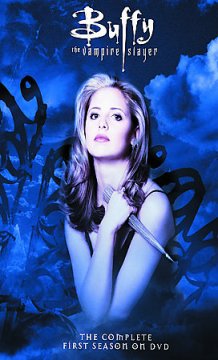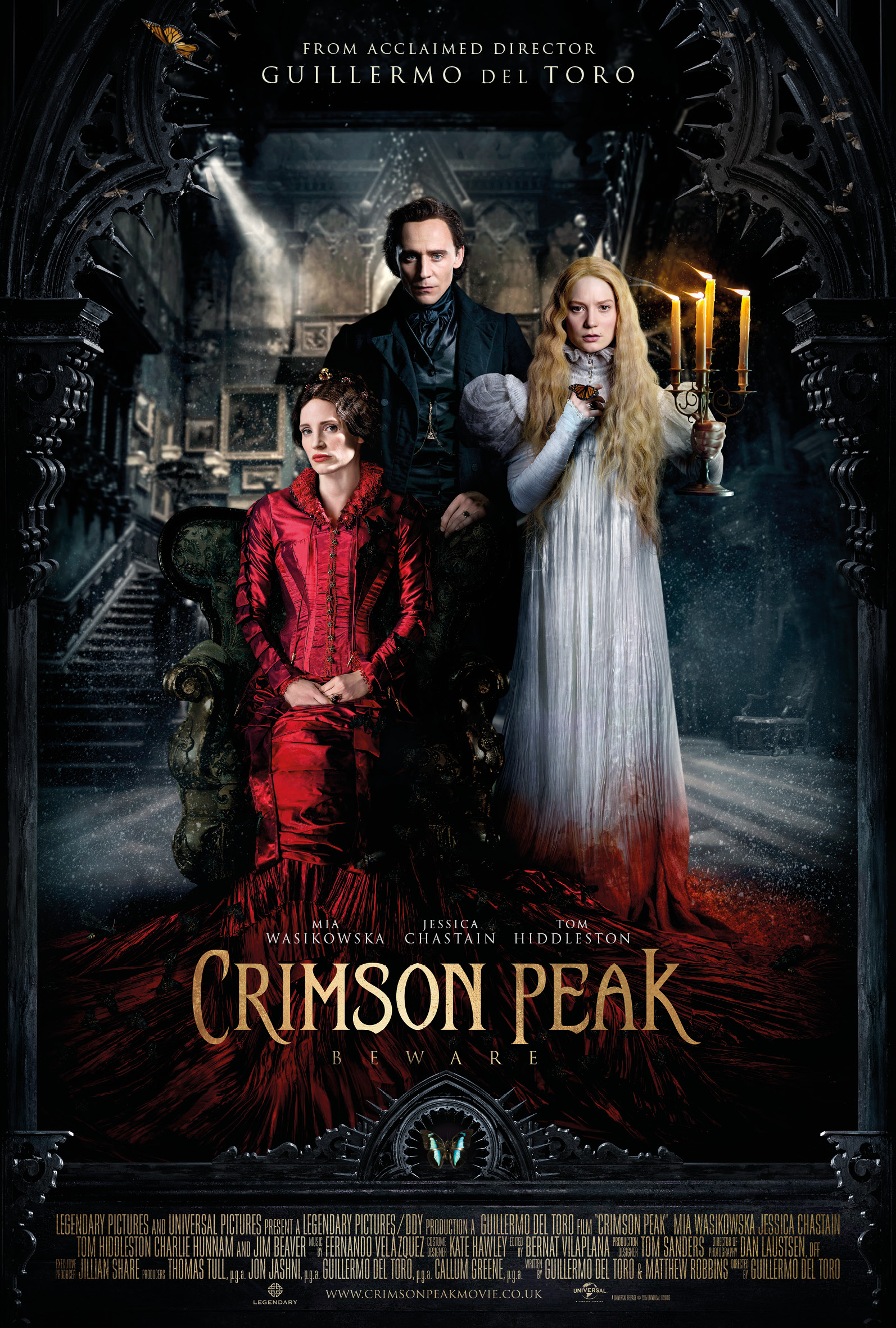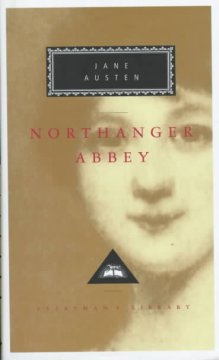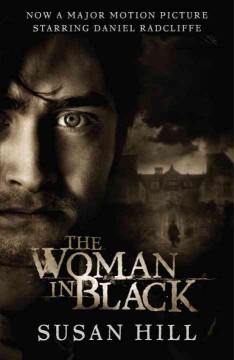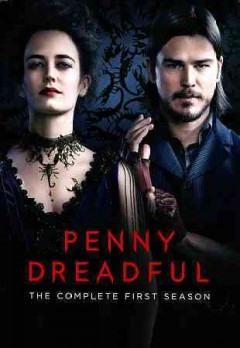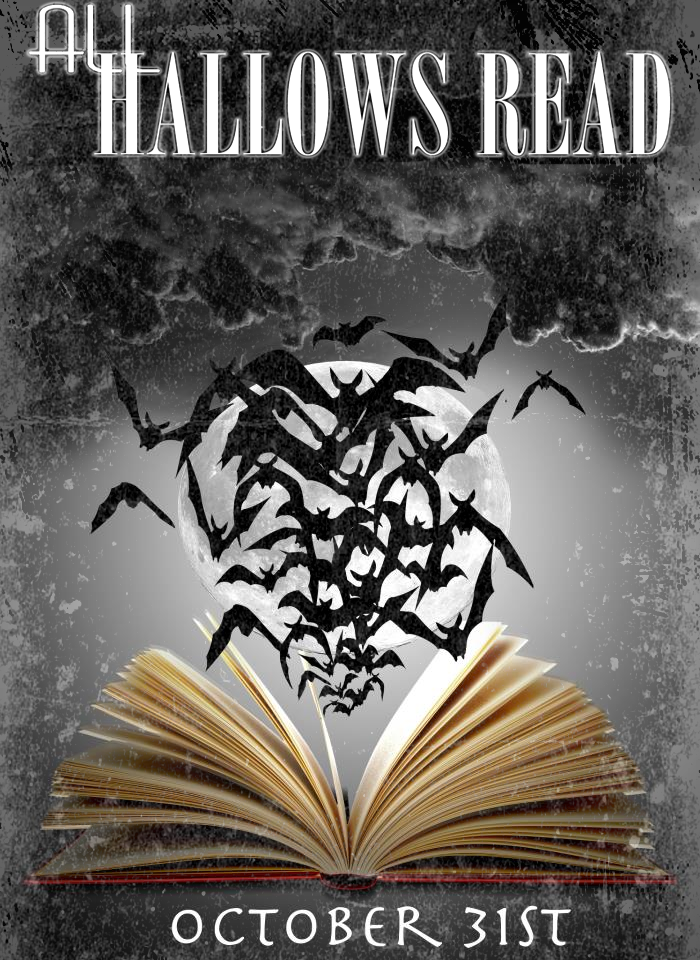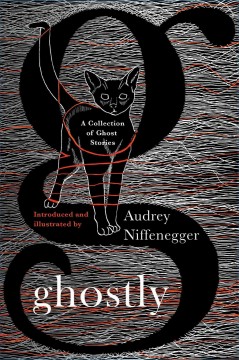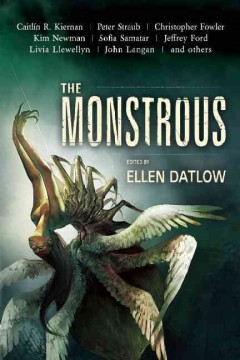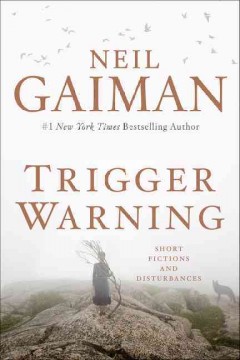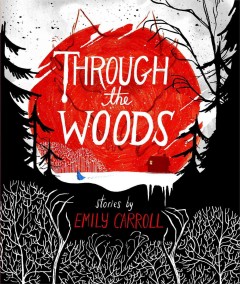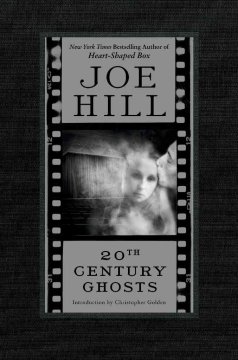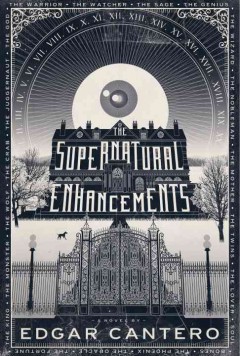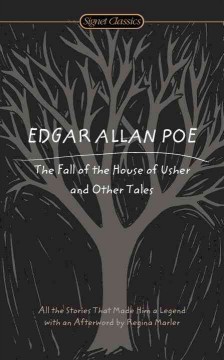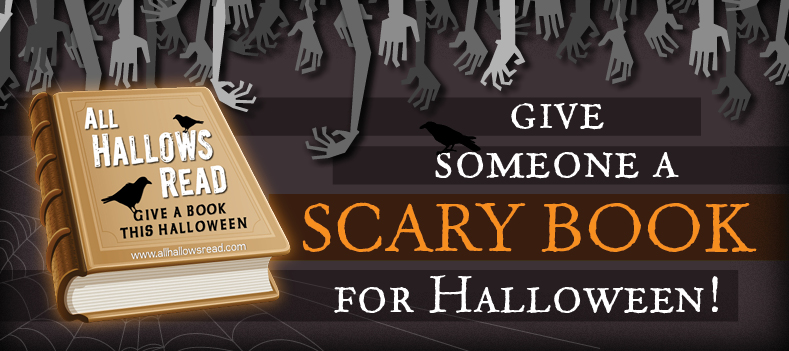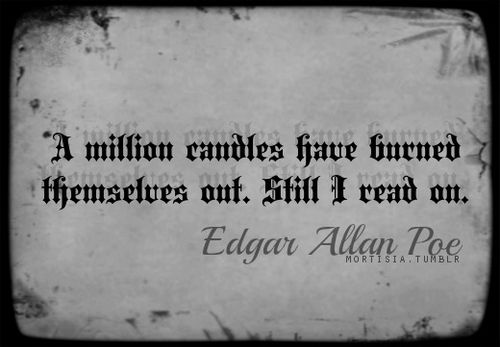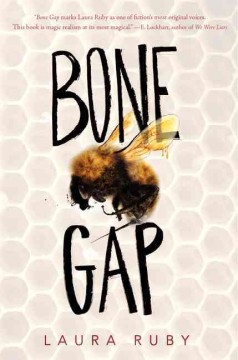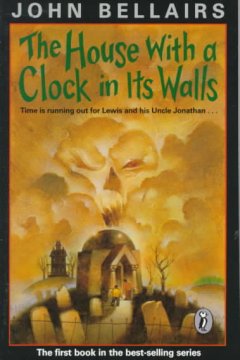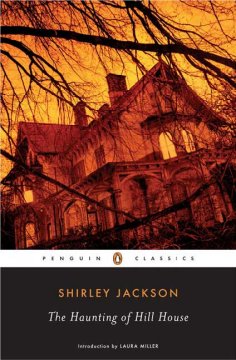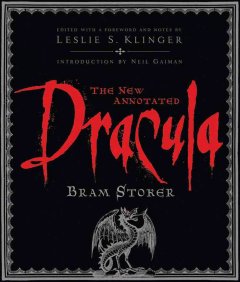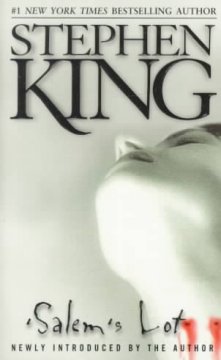Halloween is here! A happy All Hallows Read to all!
In honor of the day, let’s talk about horror.* Horror as a genre has been around for 250 years (though elements of horror have been around much, much longer), but horror itself, essentially, is an emotion, which means that horror books belong to a genre that is tied to an emotional response. In that respect horror shares more with romance than it does with many other story types. It also makes it pretty easy to qualify. If a book causes fear or is designed to scare someone, it’s a horror book. But horror, and fear, can be pretty wide-ranging. What makes some people cower in terror might not affect others in the slightest (snakes and spiders come to mind as an example). Some horror novels might make use of explicit language and gore to elicit horror. Others might make use of the supernatural or an old, dilapidated location (haunted house, anyone?). These aren’t really defining characteristics, however, because not all horror novels have all of these elements.
Some characteristics that all horror stories have in common include: dark and/or eerie settings, a foreboding tone that induces dread, a quick, suspenseful pace, and monsters. Monsters don’t always need to be supernatural (vampires, werewolves, zombies, etc.) they can be good, old-fashioned evil humans as well (Hannibal Lecter comes to mind as a prime example). The quick pace of a horror story can gets readers’ hearts pounding which usually compounds the element of fear. Horror authors are masters at manipulating a story to maximize fear and suspense. which is a great way to create that sense of dread. Horror also has a tendency to leave people wanting more because there is never really a final resolution. Sure the monster might be beaten down for a time, but there’s always something waiting, lurking just beneath the surface.
So with all the terror and dread, why would any sane person want to read horror in the first place? Sometimes you just need a good scare. When I was a kid, I devoured all of the Scary Stories to Tell in the Dark books. As (arguably) an adult , I find there’s something about a horror story that is appealing, not to the degenerate or creepy, but to the sanity in all of us. The thing about horror is, while it may breath life into our nightmares, there’s something comforting about having that nightmare trapped on a page. Horror gives readers the space to explore such a strong emotion without necessarily having to experience it in real life. We can face our fears in a safe environment and learn how to deal with fear without letting it get the best of us. It’s no wonder that Horace Walpole’s The Castle of Otranto (generally considered the first horror novel, published in 1764) became not only popular, but widely mimicked in style, culminating in classic masterpieces like Mary Wollstonecraft Shelley’s Frankenstein and Bram Stoker’s Dracula.
So today, to celebrate horror, the joy of a good, creepy story and, of course, All Hallows Read, instead of book recommendations, I’m giving you an entire story. Read it with the lights on or by the glow of a flashlight, on the couch or under the covers; it’s your call. This story is a personal favorite of mine and one that never fails to give me the shivers. I hereby present to you, dear readers, from a master of suspense and the macabre, your All Hallows Read treat: The Tell-Tale Heart by Edgar Allan Poe.
*Much grateful deference goes to Kelly Fann, whose chapter on Horror in the 7th edition of Genreflecting was an extremely helpful source for the defining characteristics of horror.

